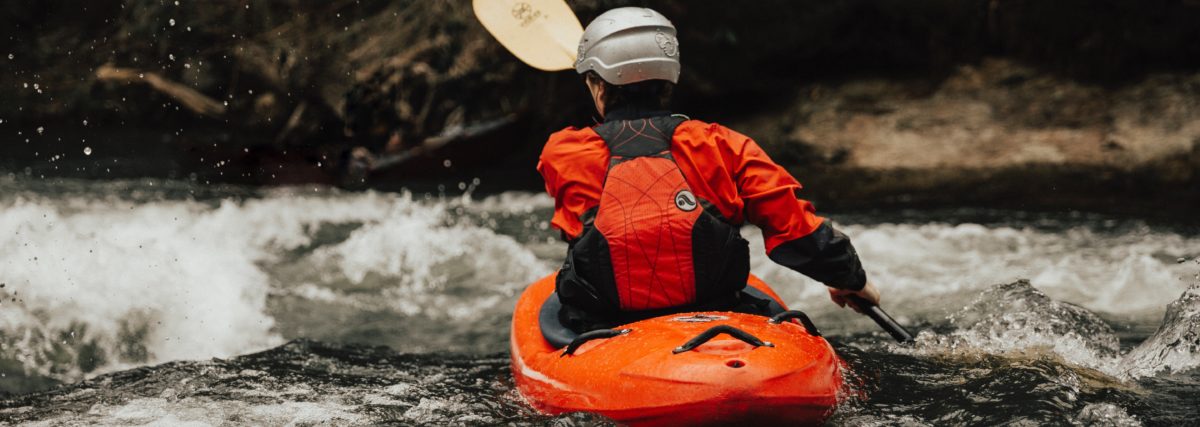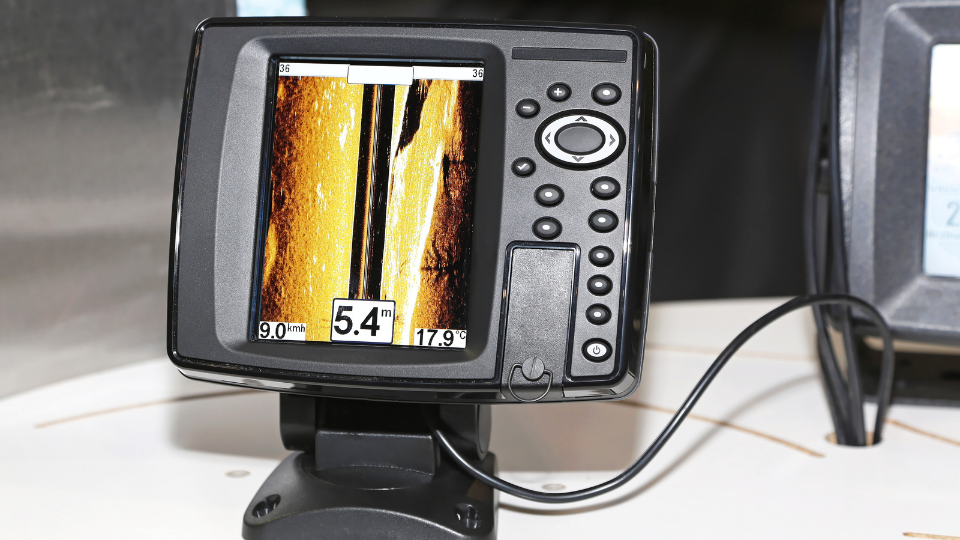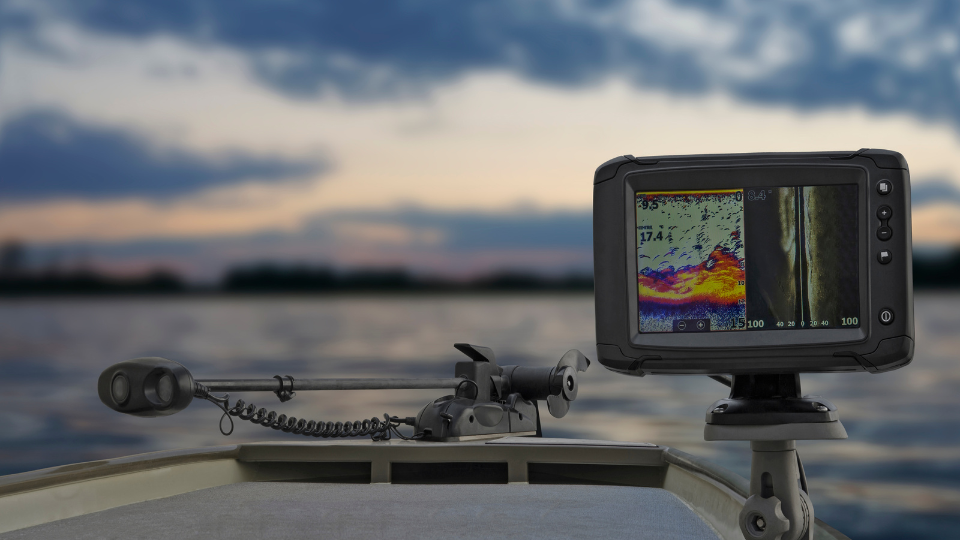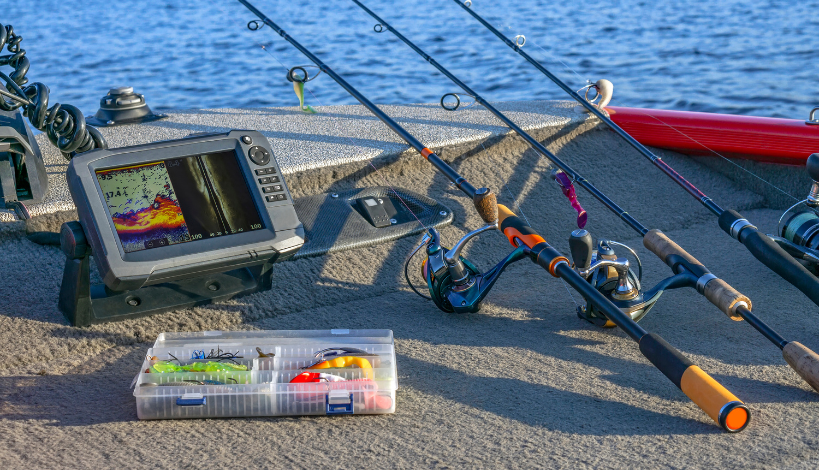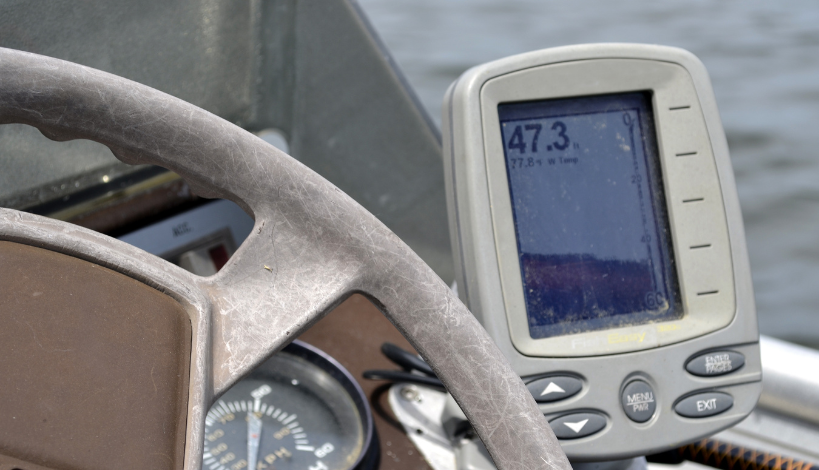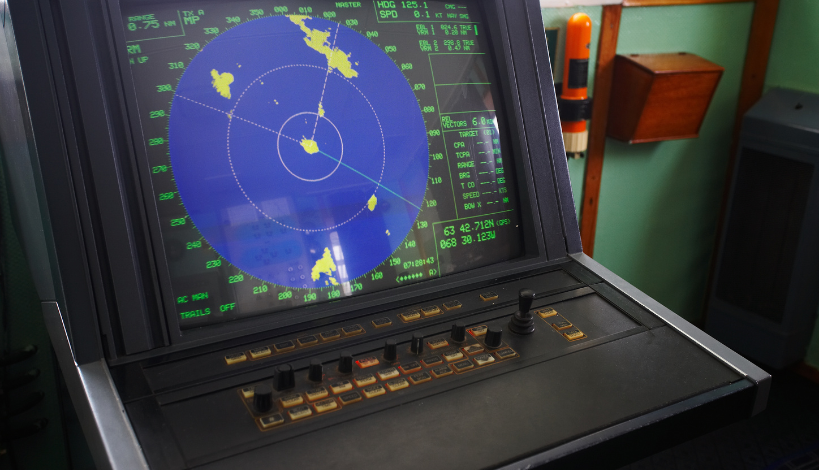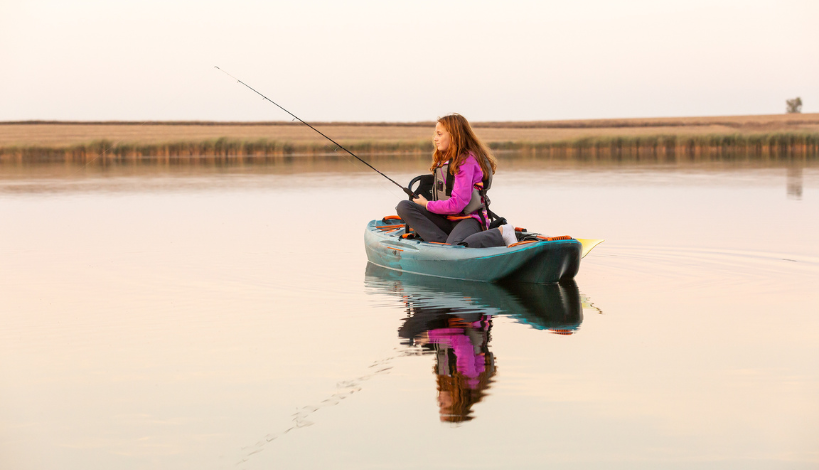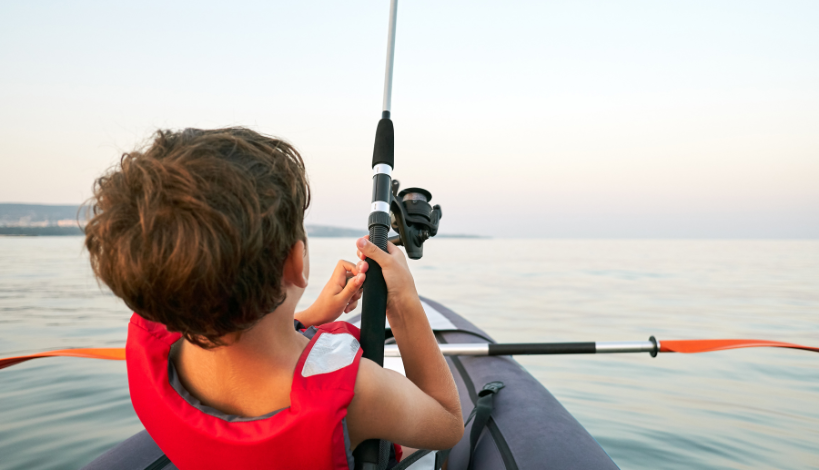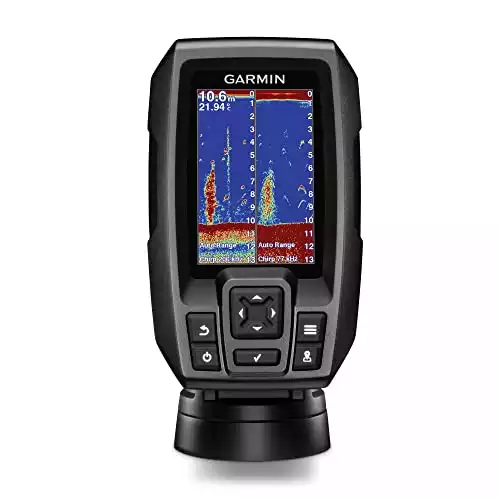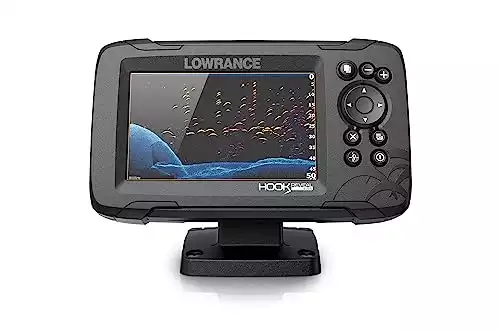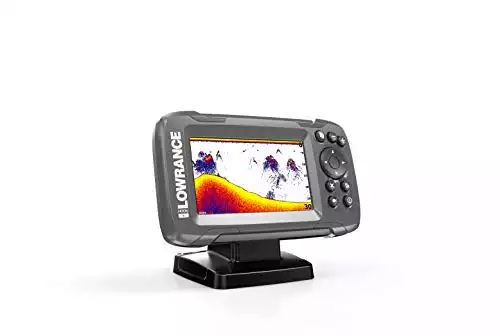Even though I love kayaking, I’ve never really sat down to think about if kayaking is an activity that is growing or how many kayaks are sold worldwide.
Not until recently when I went out kayaking and camping with my bestie when she asked, “How many kayaks are sold annually?”

When I researched the numbers, my jaw dropped. I mean, I knew kayakers are passionate folk but I had no idea about the market statistics. So let’s jump into some statistics and “let me blow your mind”, as Gwen Stefani would say.
How Many Kayaks Are Sold in the US Every Year?
In the United States, for example, the number of kayaks sold each year is estimated to be over one million!
Over a million kayaks are sold and the growth compared to 2014 is triple!
How Many Kayaks Are Sold Worldwide Every Year?
When considering the global market for kayaks, estimates place the number of kayaks sold worldwide in 2018 alone at approximately 5 million and hit over $13 million in 2022!
What Type of Kayak Sells the Most?
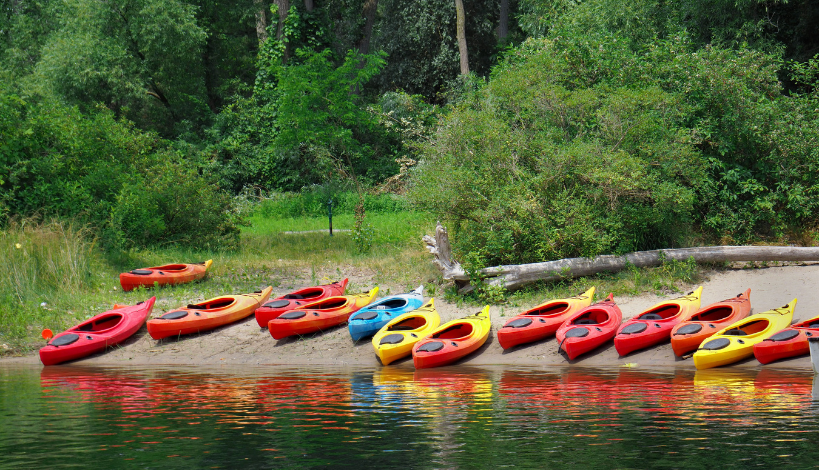
When it comes to the type of kayaks that are sold, the majority of sales are for recreational kayaks. These are the types of kayaks that are designed for casual, leisurely use on calm waters like lakes and slow-moving rivers.
Touring kayaks, which are designed for longer trips on open water, and whitewater kayaks, which are designed for rapids and rough water, make up a smaller percentage of sales.
What is Helping the Kayaking Industry Grow?
There are a couple of big factors that helped the kayaking industry leaps and bounds!
One factor that has contributed to the growth of kayaking is the rise of non-traditional kayaking markets. For example, inflatable kayaks have become increasingly popular in recent years, particularly among people who have limited storage space or live in apartments.
These inflatable kayaks are portable, easy to store, and relatively inexpensive, making them an accessible option for people who want to try kayaking without committing to a more expensive hard-shell kayak.
Second trend is the rise of the popularity of folding kayaks such as the Oru: Just like the inflatable options, these babies are super portable and easy to store.
Another trend that’s driving the popularity of kayaks is the rise of eco-tourism. Kayaking is a great way to explore the natural world without leaving a footprint, and many people are drawn to kayaking tours that take them through remote, pristine environments.
These tours are also becoming more popular as people seek out unique, authentic experiences in nature. I know this because I’ve gone out on a few and hosted one myself recently!
How Big is the Kayaking Market?

The kayaking market is estimated to be worth about $3 billion worldwide and it continues to grow. People of all ages enjoy kayaking, and the majority choose it as a recreational hobby rather than a competitive sport.
With the growing popularity of eco-tourism and inflatable kayaks, this number is only expected to increase in the future!
Why is There a Shortage of Kayaks?
Unfortunately, due to the high demand for kayaks and the limited supply of materials used to make them, there is currently a shortage of kayaks available on the market.
This shortage has been further exacerbated by the pandemic, which caused ports to close down and affected manufacturing processes. Despite this, manufacturers are still trying to meet the growing demand for kayaks as best they can.
What is the Lifespan of a Kayak?
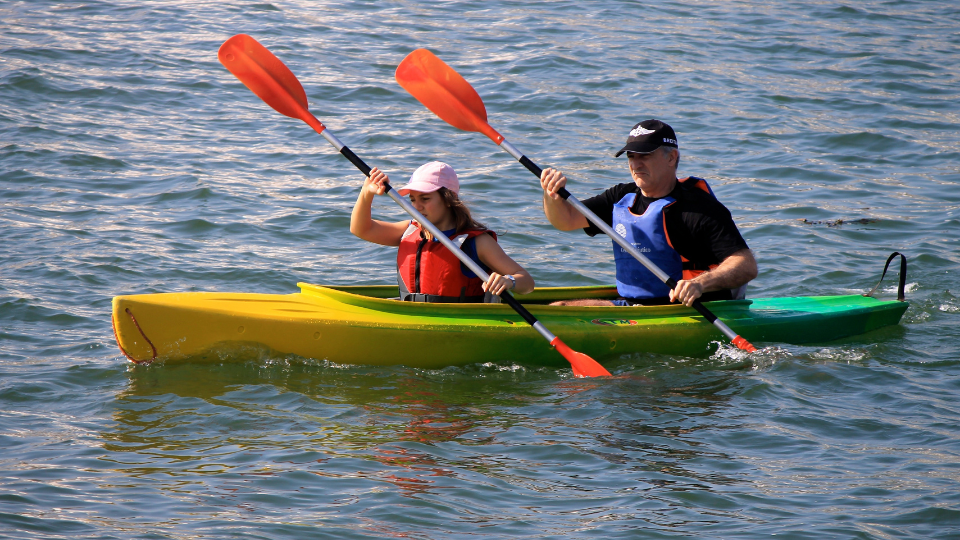
The average lifespan of a kayak depends on the type and how it is used.
Most recreational kayaks will last around five years if they are taken care of properly and stored indoors in an environment that has low humidity.
Whitewater and touring kayaks can last even longer, up to eight or nine years with proper maintenance.
I have kayaks that are 15-20 year old because I took great care of them.
Do Navy SEALs Use Kayaks?
Yes! Navy SEALs use a variety of watercraft including kayaks. They are most often used for reconnaissance and clandestine operations due to their stealthiness and maneuverability.
The US Navy currently uses two types of kayaks: the Special Operations Craft – Riverine (SOC-R) and the Combatant Craft Assault (CCA).
Is Kayaking Competitive?
Yes, kayaking can be a competitive sport.
There are several international competitions, such as the International Canoe Federation’s World Cup and the European Championship Regatta. In addition to these larger-scale events, there are also many local competitions across the United States for people of all ages and skill levels to participate in.
However, there are even more people who enjoy kayaking as a leisurely activity or one that helps them stay in great shape. So whatever your purpose behind kayaking, there’s room for you.
Summary
While the number of kayaks sold each year varies depending on the region, there’s no denying that kayaking is a growing trend and more people fall in love with this awesome activity.
Whether you’re interested in recreational kayaking on calm waters or you want to take on the rapids in a whitewater kayak, there’s never been a better time to explore this exciting sport.
